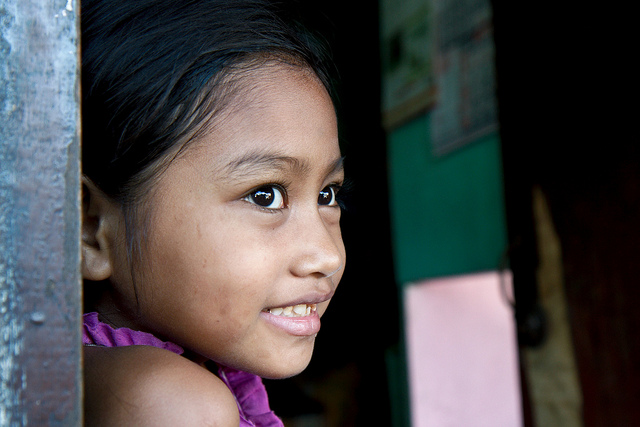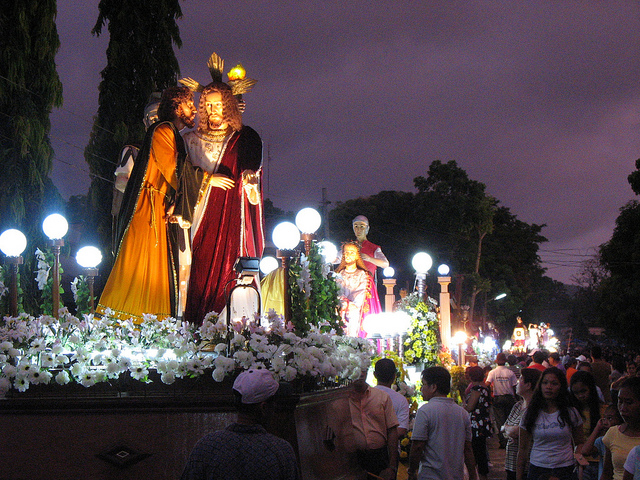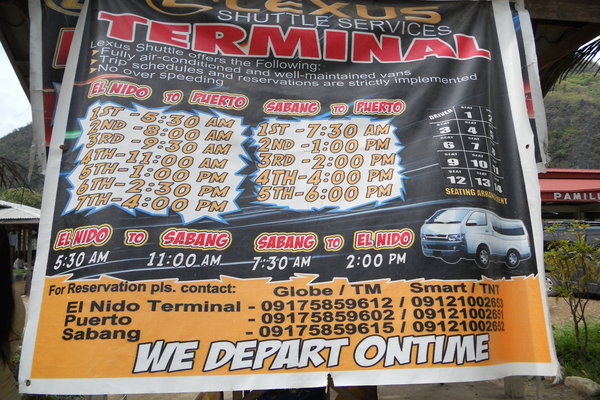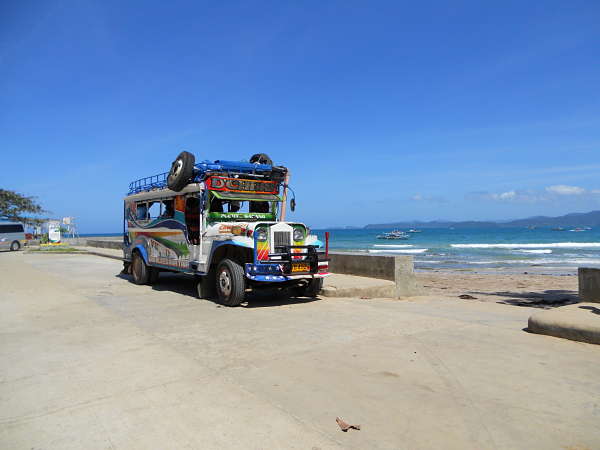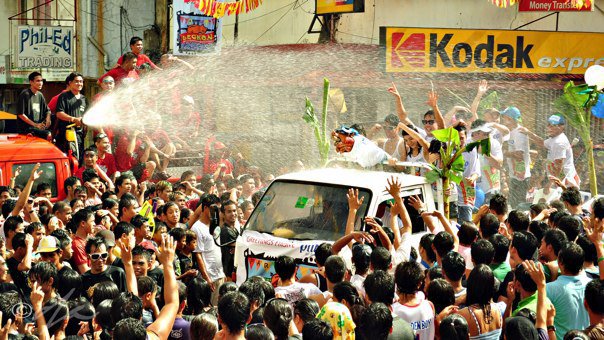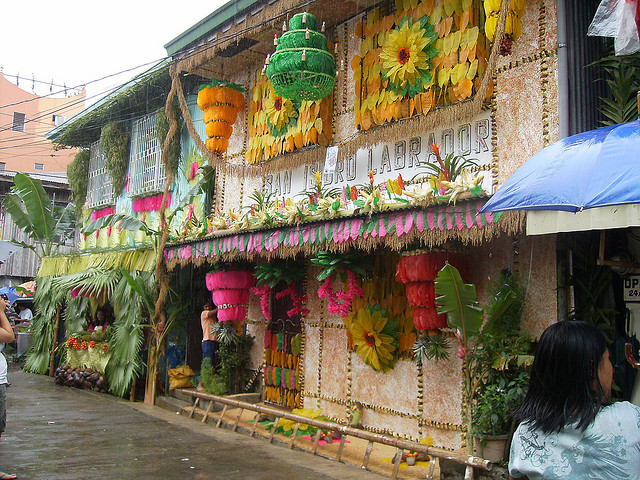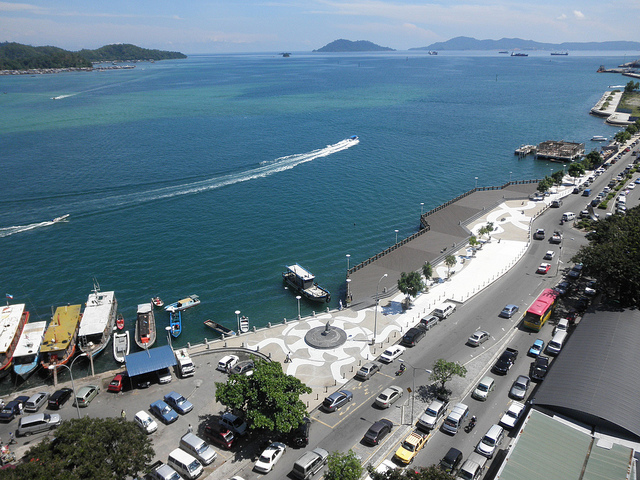The Philippines was a Spanish colony for more than 300 years. As a result, almost 94% of the population is Roman Catholic. This makes the country a fascinating and intriguing multi-sensory destination when the Catholic Church celebrates major religious festivals and liturgical traditions.
From Jerusalem to Calvary
The Holy Week is one of the biggest, most colorful and most theatrical festivities of the Catholic Church along with Christmas. In the Philippines, the ‘Semana Santa’ (original Spanish name) or ‘Mahal na Araw (literally ‘dear days’) is the week preceding Easter Sunday. In this predominantly Catholic country, the focus of the celebrations is not just on the resurrection of Christ, but also on His crucifixion and the events that led up to it. In fact, given the penchant of Filipinos for everything heart-tugging, the crucifixion of Christ has always been more colorful than the other activities of the Holy Week.
The Iglesia Filipina Independiente, or the Philippine Independent Church that broke away from the Vatican, also celebrates the Holy Week in the same, albeit less dramatic, manner as the Catholics.
Palm Sunday (24 March 2013)
The Holy Week 2013 in the Philippines starts with the commemoration of Jesus’ arrival in Jerusalem for the Passover, a major Jewish religious feast. His arrival was marked with the waving of green branches.
To commemorate this, Catholics cut young palm fronds (Philippines being abundant in coconut trees) and stylize them to various symbols of the Catholic faith. Palm fronds sold on the streets are usually fashioned into doves and flowers, but the more traditional symbol made out of individual fronds is the cross. These are then brought to the Church for blessing, and after the mass, brought back home to adorn doorways in the belief that these sanctified palm crosses ward off evil and cure ailments when burned.
Holy Monday until Holy Wednesday (25 to 27 March 2013)
Adolescent boys of the community dress up as Christ’s disciples. They go from house to house to reenact the disciples’ preaching. Girls dress up as other Biblical characters and do the same and recite prayers.
On Holy Wednesday, Catholic households along the procession route work together to put up the 14 Stations of the Cross. The stations depict important events from Jesus’ time in the garden of Gethsemane to his burial.
Maundy Thursday (28 March 2013)
Maundy Thursday is the start of regular holiday related to the celebrations of Holy Week. In the Philippines, this day is commemorated with an afternoon mass and a reenactment of Jesus washing his disciples’ feet. The reenactment is performed by the priest and his lay ministers in disciples’ costumes. After the mass, wooden statues (sometimes centuries old) of characters depicted in the 14 Stations of the Cross are carried along the “Via Crucis” or the Way of the Cross in a dusk candlelight procession.
Penitents start their ‘visita Iglesia” (Church visit) on this day, or do it all together on Good Friday.
Good Friday (29 March 2013)
Good Friday is the most somber day of the Holy Week. Culturally, however, the festivities are the highlights of the occasion.
Christ’s death on the cross is commemorated in various ways by the Catholic Church and the lay.
There are no masses held on Good Friday. Instead, the church recites Jesus Christ’s seven last words and contemplates on their spiritual meaning. The church’s (official) celebration of Good Friday starts before 3PM so that at exactly 3PM, the time when Christ was said to have died, the faithful can venerate the cross and join the procession for the Burial of the Christ.
The Burial procession is an occasion of epic proportions. Of the days of the Triduum (the three days before Easter), Good Friday processions are the most lavish and grandiose. This is an opportunity for wealthy families to display their status while keeping things religious.
The dusk procession is even made more dramatic as carriages light up and make striking contrasts with life-sized statues and their adornments. Coupled with thousands of candle lights marking the Way of the Cross, the scene of Good Friday at dusk is both somber and eerie.
After the procession, the “Santo Entierro”, or the wooden statue of the dead Christ, is laid in state so Catholics can venerate the image. Veneration traditionally took the form of kissing the Santo Entierro’s feet. (Acolytes wipe the statue’s feet with disinfectant to minimize the spread of disease.)
The lay version of Good Friday is the “senakulo” or the dramatization of Christ’s Passion. In some parts of the Philippines, mock crucifixion uses real nails.
Filipinos take it seriously when it comes to atonement of sins. Devout penitents take part in an actual crucifixion complete with props and characters dressed in Biblical costumes. In San Fernando, Pampanga (Northern Philippines), the “senakulo” is a spectacle that draws throngs of tourists. In Guimaras in Western Visayas (Central Philippines), the Hiligaynon version is “taltal” and no less blood-tinged.
In Manila and Quezon City, penitent “sinners” walk around town and flagellate themselves with sticks, bamboo slats and chains in an act of penance called ‘penitencia’. The penitents don improvised crowns of thorns and masks (more to hide their identities than anything else).
It is worthy to note that as deeply religious as these rites may be, they are actually condemned by the Catholic Church.
The rest of Filipino Catholics prefer to engage in milder forms of penance. In Intramuros (Walled City in Manila) and in Cebu in Central Philippines, devout Catholics follow a tradition called “Visita Iglesia” (Church visit) where they visit seven churches and recite the Stations of the Cross in each church. The deeply pious even carry a cross as he or she goes from church to church.
All over the country, the pious ‘walk’ to the altar on their knees in fervent prayer for healing, better life or miracles.
In rural areas, the modern equivalent of witch doctors brew amulets on this day. It is said that amulets are bestowed with more power if made on Good Friday.
Consumption of meat and meat-based foods is forbidden on this day.
Black Saturday (30 March 2013)
This is the last day of regular holidays in relation to Holy Week. On this day, families stay home and contemplate, or take part in an evening liturgy preempting Easter Sunday.
Churchgoers may opt to join a dusk candlelight procession of statues of Biblical women characters who served Jesus Christ on His way to the cross. This procession, concluded by the statue of the grieving Virgin Mary, depicts the mourning that follows after Christ’s body was entombed.
Easter Sunday (31 March 2013)
On pre-dawn “Pasko ng Pagkabuhay” (Pasch), the imagined meeting (“salubong”) of the Risen Christ and the Mater Dolorosa (the grieving mother) is dramatized. The statue of the Risen Christ, which comes from one end of the community, is carried by the menfolk while the statue of the Mater Dolorosa, which comes from the opposite end, is carried by the womenfolk. The procession meets halfway, during which an angel – usually a young girl from the community – lifts the Virgin Mary’s black veil as a sign of the end of her grief. As the veil is lifted, the Hallelujah Chorus is sung, and the mass starts. Interestingly, in some parts of the country, the ‘salubong’ is punctuated by fireworks.
There is actually no Biblical reference that says Christ met the Virgin Mary first after He rose from the dead. As opposed to ‘penitencia’, this religious rite, despite its lack of Biblical basis, was actually initiated by the Catholic Church in a colorful display of the Filipino mother and son dynamics.
Instead of hunting for Easter eggs, Filipino families spend the rest of the day on the beach. The Easter Bunny, however, is starting to make its presence felt in urban areas and upscale communities.
Travel Tips During the Holy Week Holidays
Very few businesses open on full hours starting Maundy Thursday. Government offices are closed until Good Friday, and almost all commercial establishments, including shopping malls, are closed for the entire day. Public transportation is scarce on Good Friday. Regular trips and regular business hours resume on Black Saturday.
Accommodations during Holy Week are often booked months in advance, especially in prime beach destinations like Boracay and Palawan. Holy Week coincides with peak summer season so hotel rates are more expensive than usual.
Holiday goers start preparations on Holy Wednesday, so by Wednesday afternoon or Thursday morning, major thoroughfares can be extremely clogged with slow-moving traffic. Beach destinations start to fill up on Maundy Thursday.
Filipinos working in major urban centers often go home for Holy Week celebrations. This means that there is massive movement of people from Manila, Cebu, Davao and other major cities to the provinces. Air, land and sea transport are booked weeks in advance, but overbooking sometimes occurs in land and sea carriers. While every precaution is taken by local enforcement authorities to ensure that conveyances are not overloaded, less scrupulous transport operators could sometimes get away with overloading resulting to road mishaps or marine disasters. Hence, it is critical to exercise caution when boarding suspiciously overloaded vessels.
This urban exodus is reversed on Black Saturday and Easter Sunday, when people from the provinces go back to their jobs in the cities. The same issues in transportation arise as millions of Filipinos beat the clock and each other to get to their destinations on time.
Traditionally, major thoroughfares are blocked and transformed into the Way of the Cross. Increasingly, the colorful and sometimes lavish processions of Catholic statues from Maundy Thursday until Black Saturday have become tourist attractions in themselves, creating additional pressure on the condition of the traffic. Consider this scenario when going from one place to another during the holidays.
In sum, the Semana Santa is one Philippine holiday you must experience to get a more well-rounded understanding of the country’s customs, values, beliefs and heritage. Filipinos are largely shaped by their faith, and no other holiday depicts them more colorfully (and realistically) than the Holy Week.
Below are two Philippines Travel Guide Videos for Holy Week :
Photos by Proust, kamerakamote and mayrpamintuan
